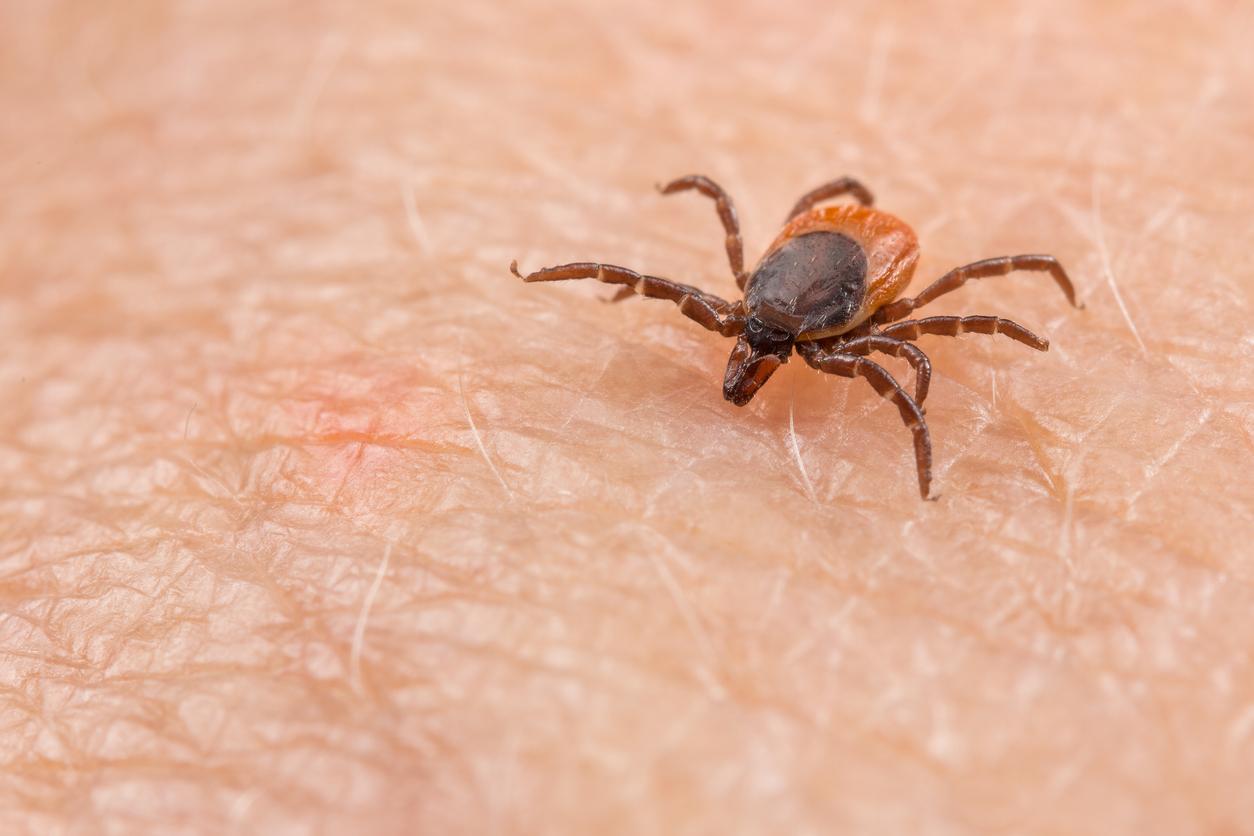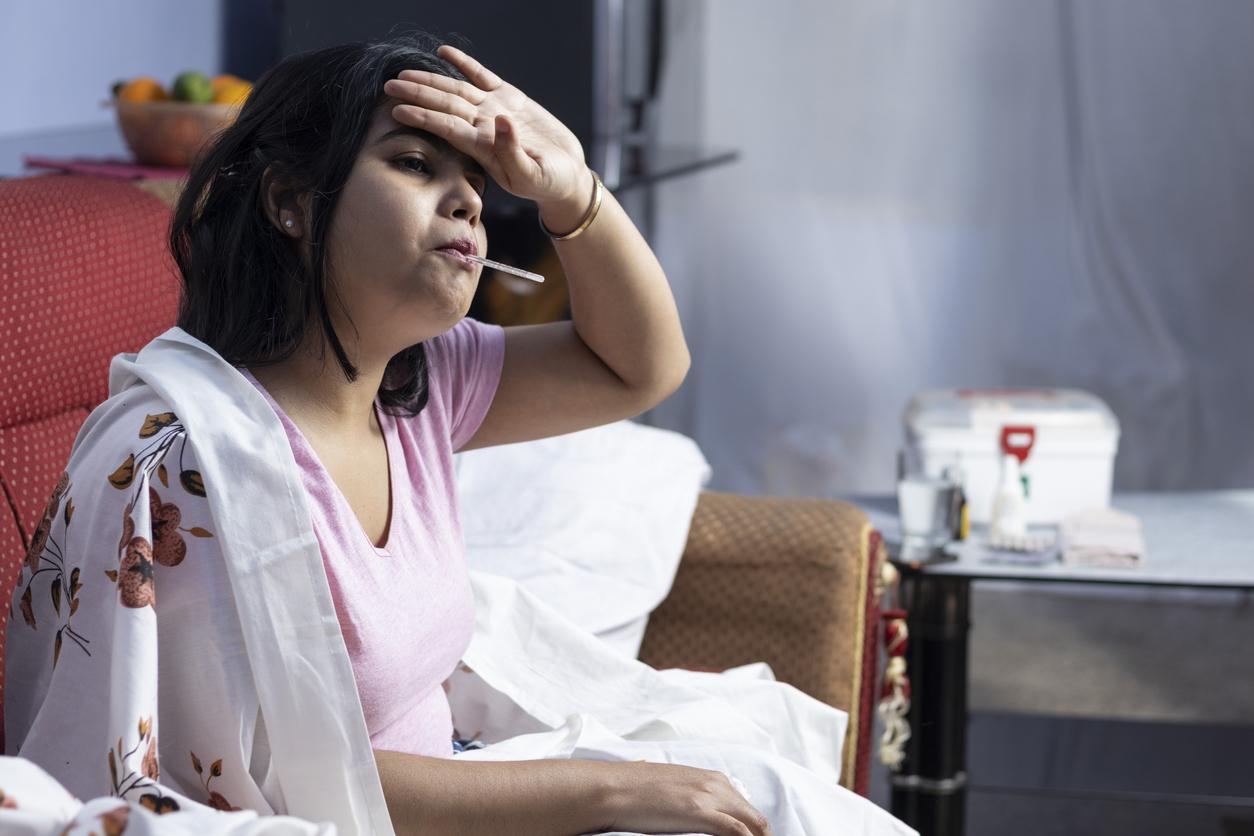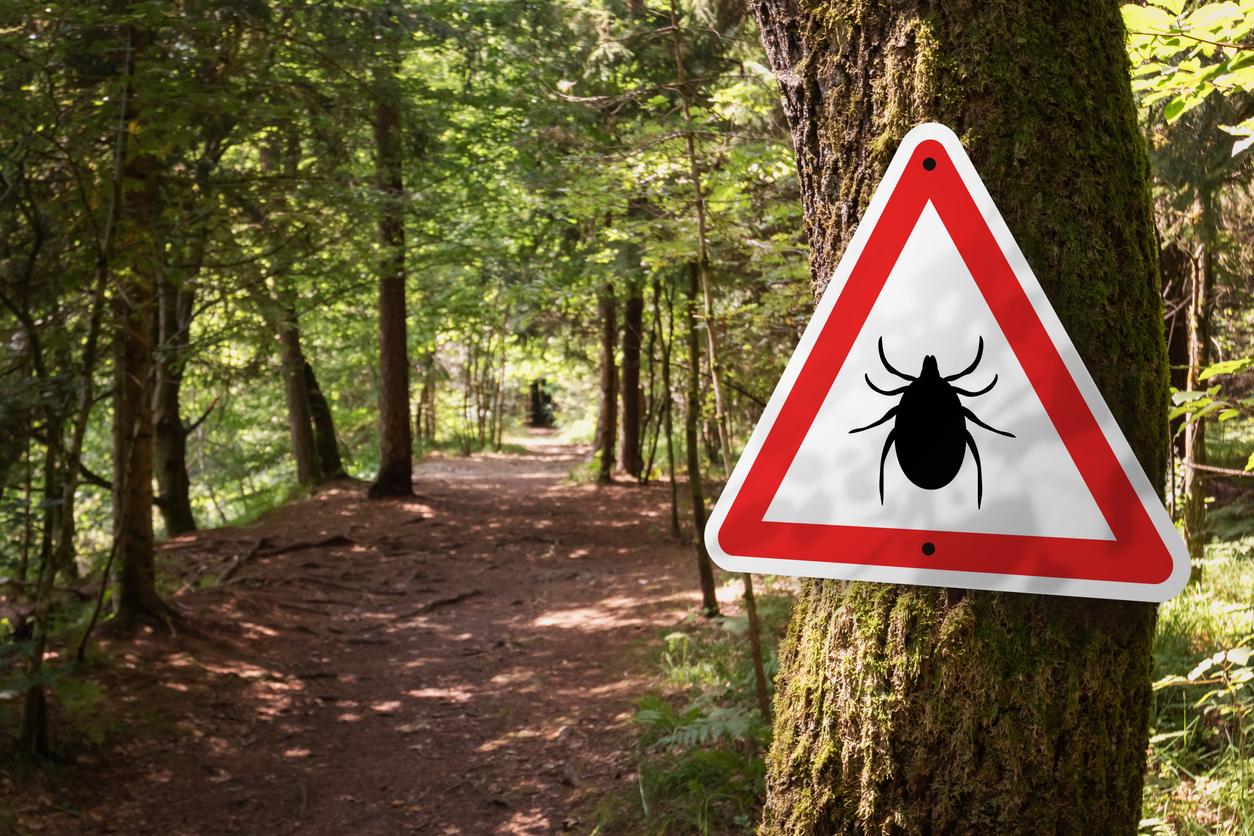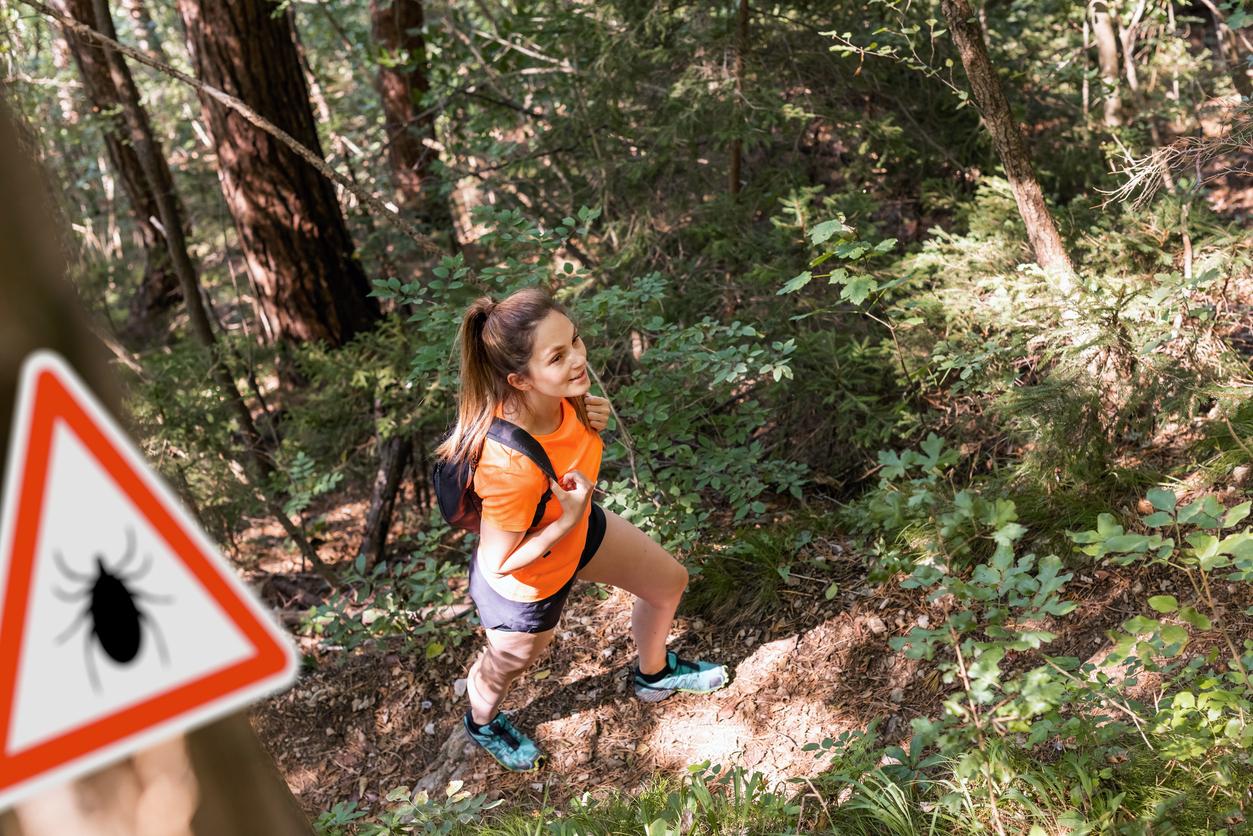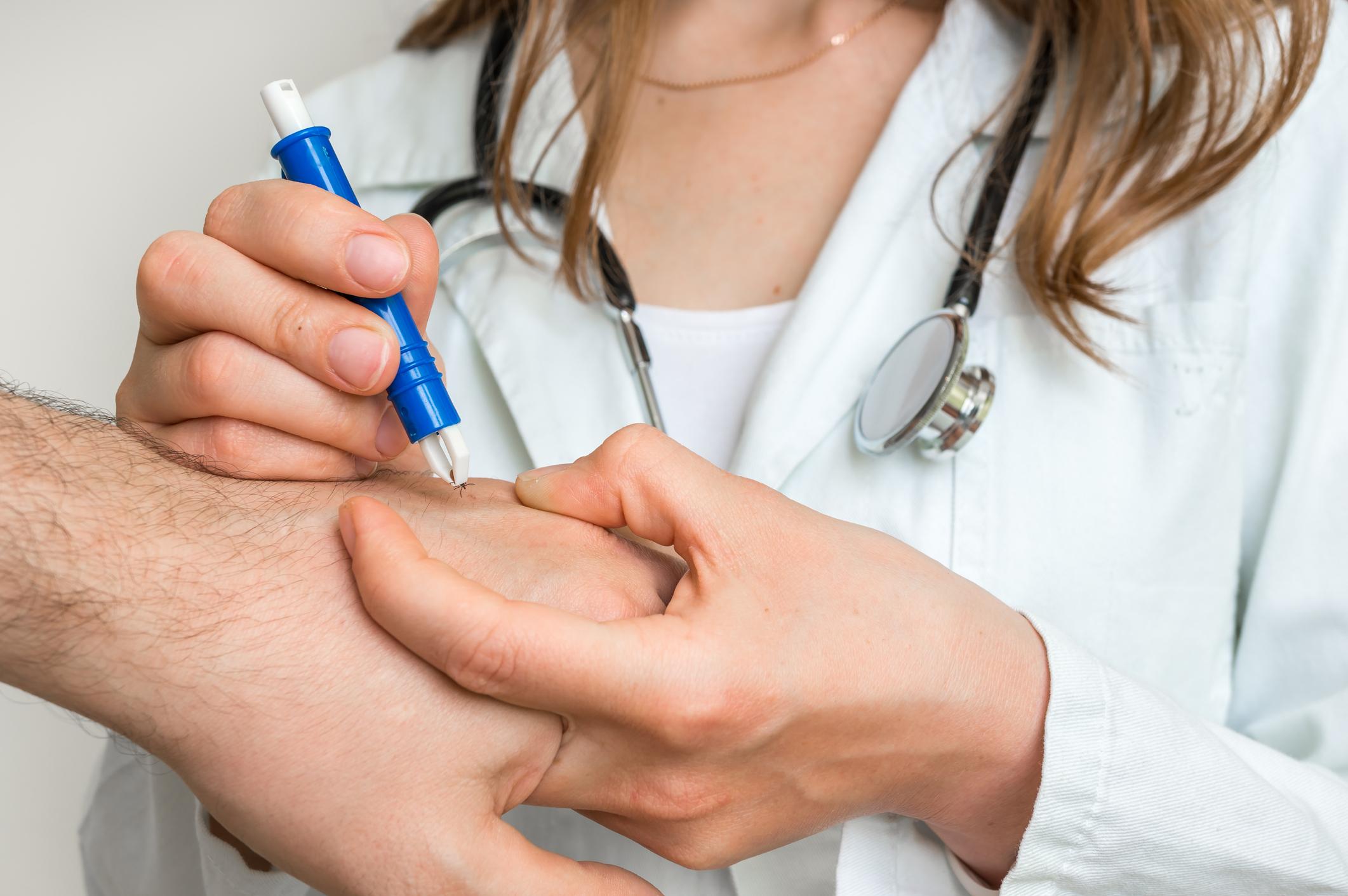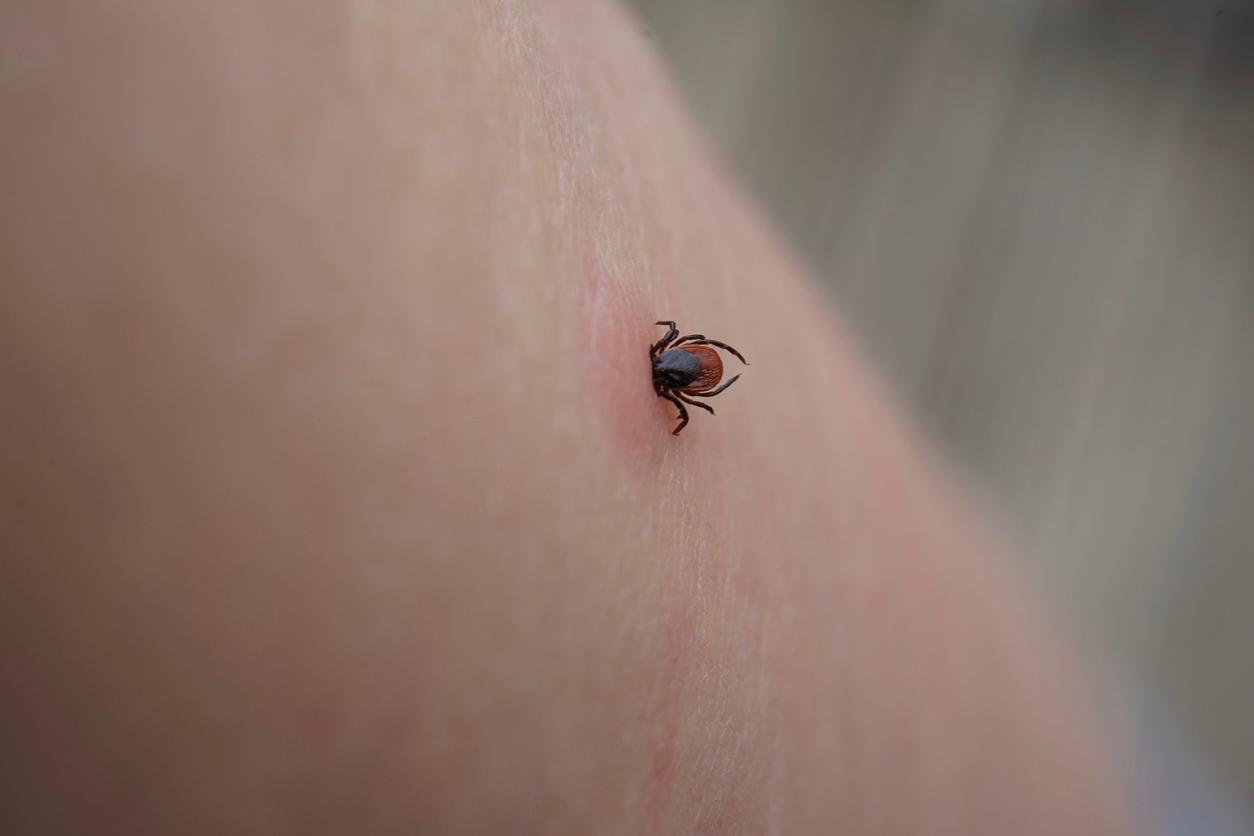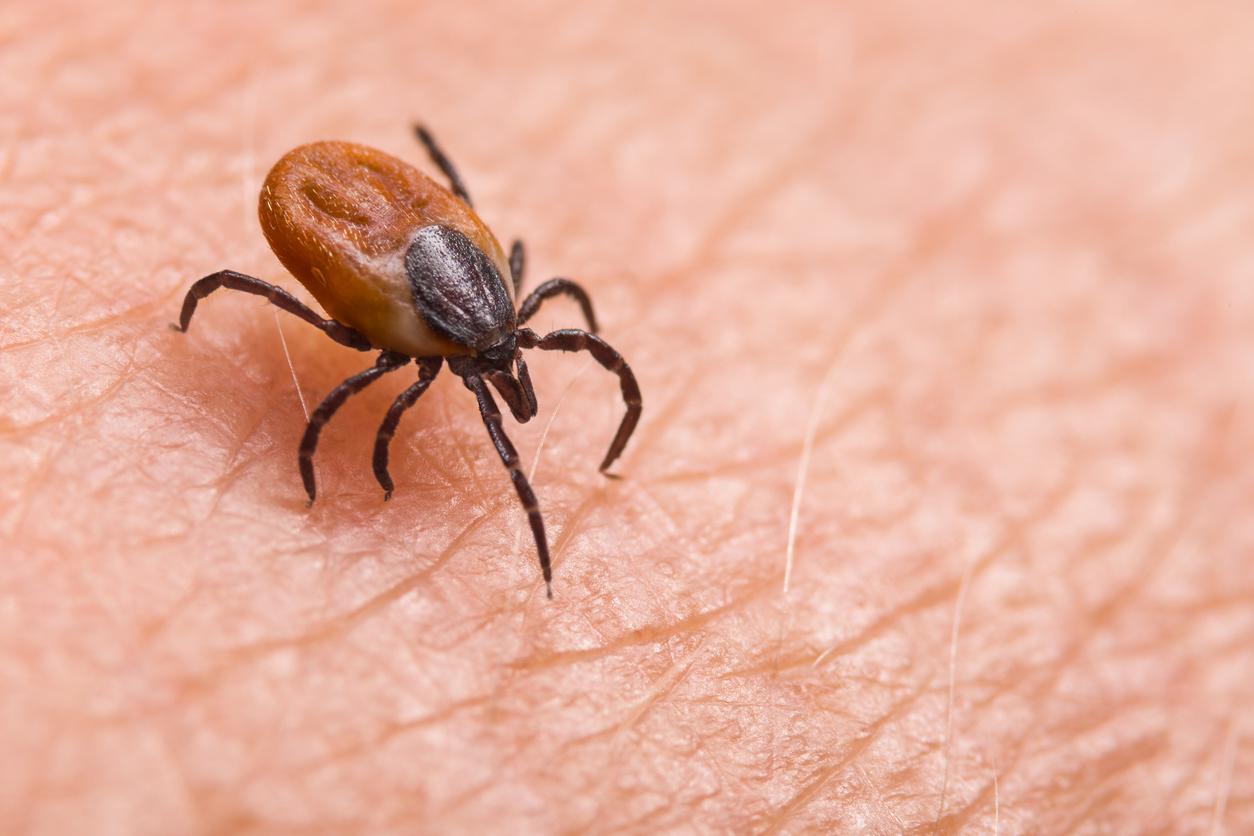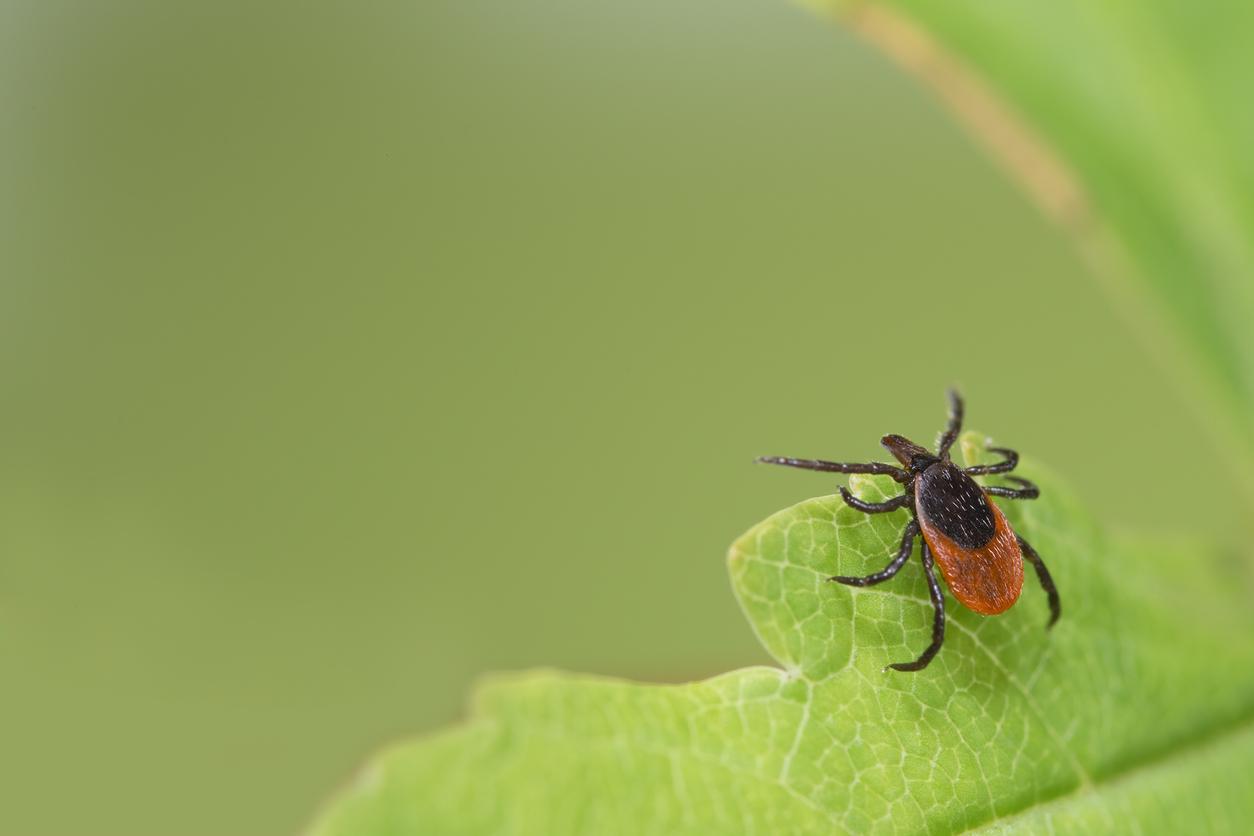Marisol Touraine presented her plan to fight Lyme disease on Thursday. He was awaited by thousands of patients in therapeutic wandering.
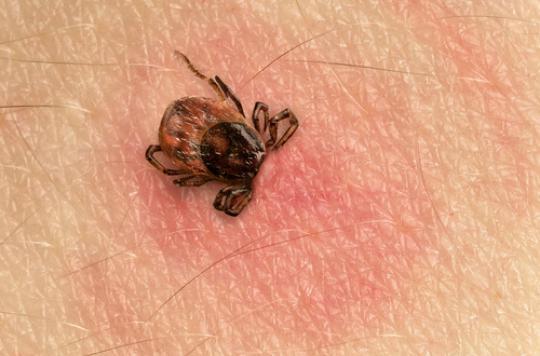
“This plan aims to avoid the feeling of abandonment and therapeutic wandering faced by Lyme patients. It makes it possible to better understand the disease, to treat patients more effectively and to mobilize all the tools available to prevent the disease ”, it is the declaration of Marisol Touraine, Minister of Health, who presented this Thursday his National plan to fight Lyme disease and tick-borne diseases 2016. For the time being, no budget or timetable has been communicated by the ministry.
This five-axis plan, presented to patient advocacy associations, aims first of all to strengthen information for the population and health professionals to prevent the appearance of new cases. The National Forestry Office (ONF) and Public Health France will thus install information panels for walkers at the entrance to forests and hiking trails. A “smartphone” application intended for the general public will also be set up. It will make it possible to signal the presence of ticks, like the existing device for mosquitoes.
In addition, the minister’s system provides for an intensification of information actions aimed at the population, and training of health professionals, on diseases transmitted by ticks (posters, leaflets, etc.). This “in connection with associations”, specifies the report. For example, it will be recalled that before an activity in nature, you must cover your arms and legs with long clothes. And that after, it is advisable to carefully inspect his body.
Opening of specialized centers
The other axis of the plan is to improve the diagnosis and care of patients to put an end to medical wandering. A standardized assessment describing the list of examinations allowing a complete diagnosis in any person presenting suggestive symptoms will be drawn up. The French-speaking Society of Infectious Pathologies (Spilf) will be responsible for managing it, in collaboration with the learned societies concerned (neurology, dermatology, rheumatology, microbiology, etc.) and patient associations.
At the same time, patients should benefit from a national diagnostic and care protocol (PNDS). This should ensure standardized and reimbursed care for patients throughout the country. On this subject, the Minister recalls that the High Authority of Health (HAS) was seized in June 2016 “so that it proposes medical criteria for the admission of Lyme disease in the list of long-term illnesses (ALD) and recommends the actions and services necessary for the management of this disease ”. But Marisol Touraine’s biggest announcement surely lies in the opening in 2017 of specialized care centers, bringing together all the specialties involved. These centers will also be a place for training professionals, she promised.
Support research
Finally, the last axis of the Plan will mobilize research in order to improve knowledge. How? ‘Or’ What ? By encouraging the establishment of a cohort, made up of patients followed in specialized care centers.
The Institut Pasteur will be in charge of developing research around diagnostics. The objective, to develop new tools. The Medicines Safety Agency (ANSM) and the National Reference Center (CNR) will continue to evaluate the performance of the kits already available on the market, as well as the evaluation of the correct interpretation of the results by the medical biology laboratories
Research will also be deepened within the framework of “OH! TICKS ”, a program aimed at better understanding all the diseases transmitted to humans by ticks, identifying clinical symptoms and providing tools for better patient care.
As a reminder, the transmission of Lyme disease to humans is only by tick bite. Human contaminations are more frequent during the period of maximum tick activity, in France between the beginning of spring and the end of autumn. In 2014, the number of new cases in France was estimated by the Sentinels Network at 26,146; this figure has been stable since 2009, indicates the Ministry of Health.
The symptoms of an infection
Within 30 days of the bite, Lyme disease may first appear as a red, round patch that extends in a circle (erythema migrans) from the area of the bite and then goes away within a few weeks at some months. The course is very favorable when the disease is diagnosed and treated early. In the absence of treatment, the progression to the secondary phase is not systematic, but worsens the prognosis.
If the person does not receive antibiotic treatment, neurological signs or damage to the joints or more rarely other organs may appear a few weeks or months after the injection. Months to years after infection may appear tertiary, articular, skin, neurological, muscular, or cardiac.
Find on September 30, 2016 on the Pourquoidocteur website
our first supplement devoted to Lyme disease
with interviews with specialists,
patient testimonials and practical information. 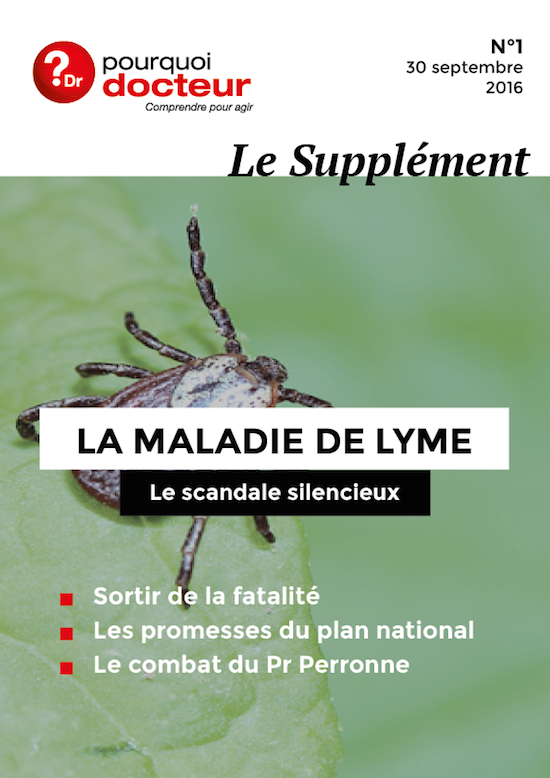
Find the program L’invité Santé
with Christian Perronne (Garches Hospital)
broadcast 05/12/2016
.








